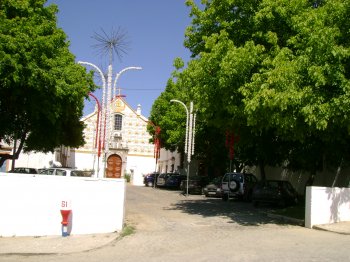Explore the best places
Heritage in Portugal
Museu da Luz
- heritage
Largo da Igreja de Nossa Senhora da Luz
7240-100, Luz
Museum created in 2003, during the transfer of Aldeia da Luz, as a result of its submersion by the Alqueva dam. The collections on display here are ethnographic and archaeological in nature. It has three rooms: the Luz room, the Memory room and a temporary exhibition room.

Castelo de Mourão
- heritage
Rua Frei António das Chagas
7240-252, Mourão
The walls and towers remain from the 17th century fortifications to this day. The consistent medieval wall is made of marble and granite and is torn by several doors. It has a triangular plan with square towers. Inside the walls, the Casa da Guarda and the old Town Hall stand out. The military complex retains, despite being quite damaged, a unique and picturesque appearance.
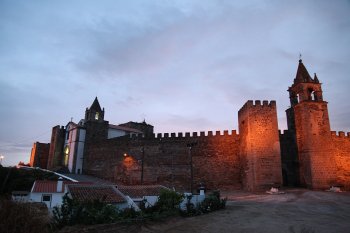
Museu da Emigração Açoriana
- heritage
Rua do Estrela
9600-525, Ribeira Grande
Museum that has a vast collection of local ethnography donated by João Bosco da Mota Amaral, all from emigrants and the authorities of the host countries. It is located in the old Ribeira Grande Fish Market.
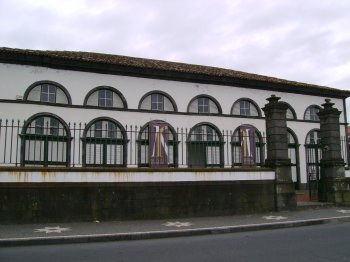
Ponte da Ribeira Grande
- heritage
1ª Travessa do Conde de Jácome Correia
9600, Ribeira Grande
The eight-arch bridge, which is represented in the city's coat of arms, crosses the river that flows into the Atlantic Ocean and which gives the municipality its name. It is one of the highlights of the city of Ribeira Grande and forms the connection between the eastern and western parts of the city. Below, between the river, stands a leafy garden.
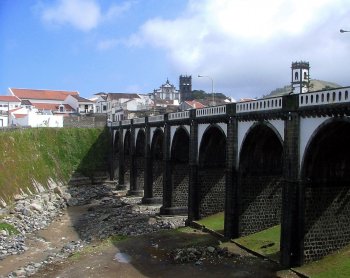
Igreja de Nossa Senhora da Estrela
- heritage
Rua do Prior Evaristo Carreiro Gouveia, 45
9600-572, Ribeira Grande
Parish church dating from 1517 and dedicated to the Purification of the Blessed Virgin. In the sacristy, highlights are the treasure pieces, of great historical value. Also, noteworthy is the Capela dos Santos Reis Magos, also inside.

Igreja e Convento de São Francisco
- heritage
Largo de São Francisco
7860-007, Moura
Temple that demonstrates various mannerist, baroque and rococo details. As an example, the portal-reredos on the front stands out, which dates back to the early Baroque era. In the Rococo style, the carved altarpieces of the second chapel on the Gospel side, the chapel on the Epistle side and the main chapel stand out.

Lagar de Varas do Fojo (Museu do Azeite)
- heritage
Praça Sacadura Cabral, 25
7860-068, Moura
Rod and spindle oil press, with millstones suitable for animal traction.
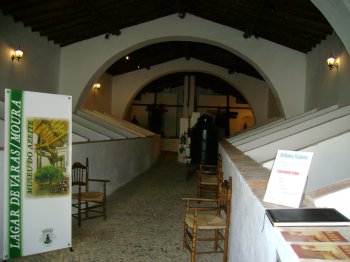
Mouraria de Moura
- heritage
Segunda Rua de Mouraria
7860, Moura
It is an urban set made up of three arteries, joined by a transversal one. In the square, the typical houses of Alentejo towns stand out (whitewashed with white lime and with cylindrical chimneys with a conical dome), preserving some examples associated with the Moorish style.
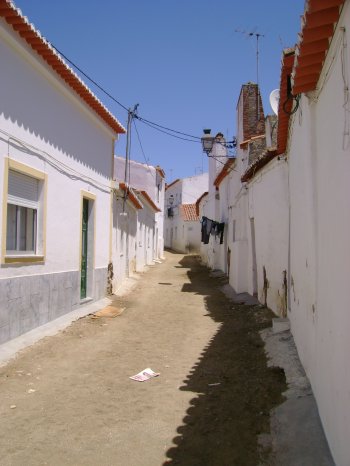
Museu Municipal de Moura
- heritage
Rua de Romeira, 19
7860, Moura
The Municipal Museum of Moura brings together various works of art, a collection of weapons belonging to different eras, tombstones, liturgical objects and archaeological pieces, especially from prehistory to Roman times.
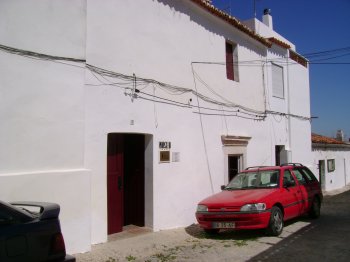
Convento do Carmo
- heritage
Avenida do Carmo
7860-195, Moura
The Carmo convent was the first of the Carmelite Order to be founded in Portugal, in 1251, by the knights of the Order of Malta. However, nothing remains of the original work, having been built again in the 16th century. It is one of the most significant monuments in Baixo Alentejo. It presents a harmonious set of Gothic and Renaissance elements, with special mention to the Renaissance portico, the vaulted chapels, the 18th century tiles and the cloister.
